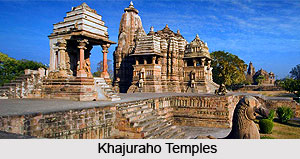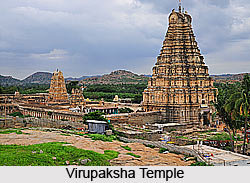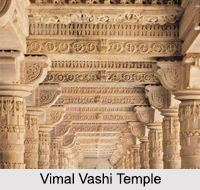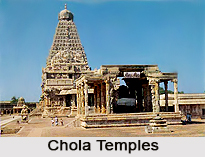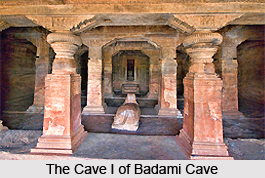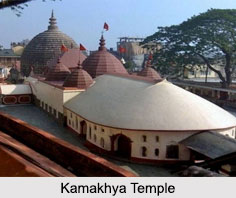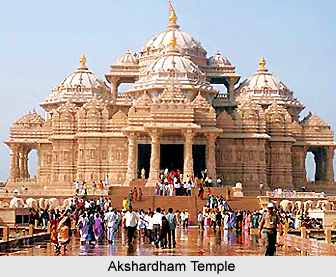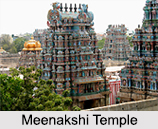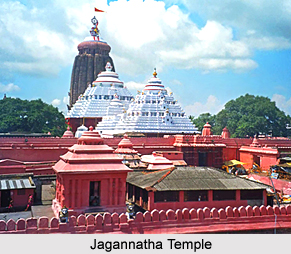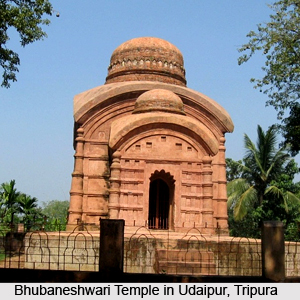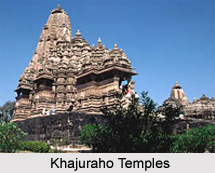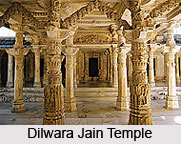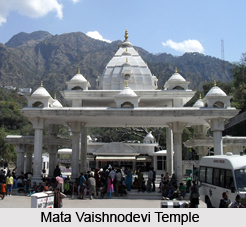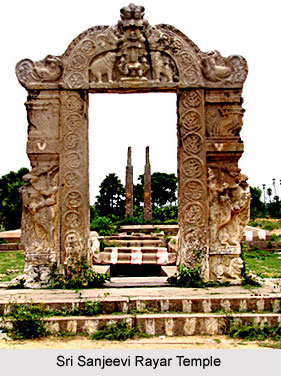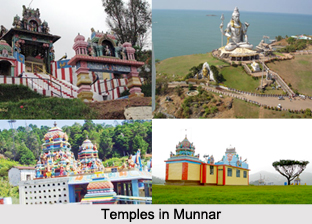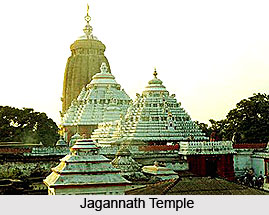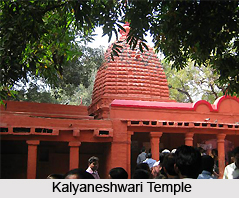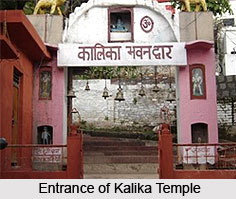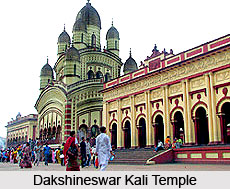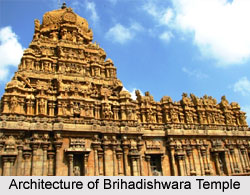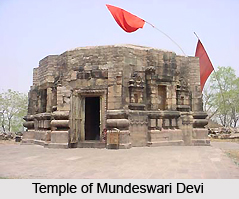 Temple of Mundesvari Devi belongs to late Gupta period. This temple is about seven miles south-west of Bhabua, a sub-divisional headquarters of Shahabad district. This temple is the earliest specimen of the Nagara type of temple architecture in Bihar. However much of the structure has crumbled down. As far the age of temples are concerned this is the oldest in Bihar.
Temple of Mundesvari Devi belongs to late Gupta period. This temple is about seven miles south-west of Bhabua, a sub-divisional headquarters of Shahabad district. This temple is the earliest specimen of the Nagara type of temple architecture in Bihar. However much of the structure has crumbled down. As far the age of temples are concerned this is the oldest in Bihar.
The temple is octagonal in shape. There are doors or windows on four sides and small niches for the reception of statues in the remaining four walls. The principal entrance is in the east where there are still few pillars. There is a lingam inside the temple with four heads and a statue of Goddess Durga, together with a large stone vessel and a stone chest. Most of the latticed stone work on the windows has disappeared though some of the specimens are preserved in the windows to the north. The temple door facing the porch is a good example of architecture with various figures of dancers and musicians. One can also see Gupta style on the carvings. The temple has been supported by four columns of an order common in Bihar and has a porch supported by eight similar columns. The image of Mundesvari or the goddess Munda, is an armed female having many hands and riding on a buffalo. It is probably the wife of Mahisasura. This image is not typical of the familiar image of Mahishasuramardini. Here the goddess is depicted with ten hands bearing the usual weapons of a Mahishasura mardini but is not shown in the act of killing Mahishasura. She is shown riding a buffalo representing the demon.
The image is installed in one of the sub-chambers of the sanctuary. At the centre of the temple sanctum there is a Mukhalingam with four faces. The mukhalingam bear the Gupta characteristic of art. Mandalesvara means the presiding deity of the mandala (district or territory). Munda, the brother of Chanda, had established the goddess Mundesvari. The ravages to Mundesvari temple are due to the passage of time. During Navaratri a big annual fair is held.
